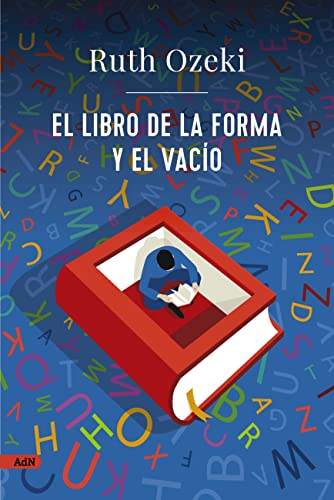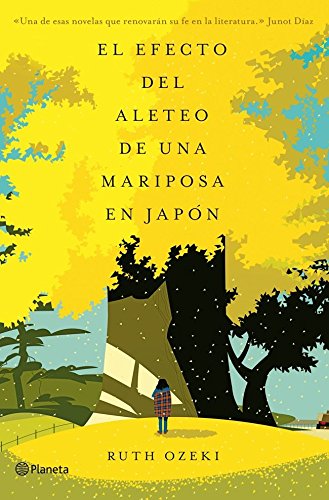Between Margaret Atwood and Ruth Ozeki, current Canadian literature is universalized and spreads across all kinds of genres and avant-garde. In the case of Ruth Ozeki, her narrative imprint bursts forth with that disconcerting sensation of a critic that does not seem to know how to locate her, beyond the easy indication of “current narrative”. But the truth is that the specialists of the letters are right. Because Ozeki is something else.
Current stories for sure. But blurring everything behind a mist capable of redrawing reality, or submerging his stories in the disconcerting mists generated on the thresholds between realism and fantasy. Precise brushstrokes that awaken an estrangement from the everyday. Assaults from the conscious to the subconscious thanks to an empathy initially presented as a friendly element, to finally emerge towards the disconcerting. Just that place where the writer ends up beating you by KO.
This is how Ozeki manages to conquer plots that only reading can differentiate from any other form of entertainment or art. Because making words magic is the task of very few authors.
Top Recommended Ruth Ozeki Novels
The book of form and emptiness
One year after the death of his beloved jazz musician father, teenager Benny Oh begins to hear voices. The voices come from the objects in his house: a sneaker, a broken Christmas ornament, a piece of wilted lettuce. Although Benny doesn't understand what things say, he does perceive the emotions they convey; Some are pleasant, like a soft purr or murmur, while others are malicious, angry, and full of pain. When his mother begins compulsively hoarding things at home, the voices turn into a clamor.
At first Benny tries to ignore them, but soon the voices chase him out of his house, onto the street and into the school, ultimately driving him to take refuge in the silence of a large public library, where objects have manners and speak in English. whispers. There Benny falls in love with a fascinating street artist with a pet ferret who uses the library as a stage for her performances. He also meets a homeless philosopher-poet who encourages him to ask important questions and find his voice among all others.
But he also finds his own Book, a talking object that narrates Benny's life and teaches him to listen to the things that really matter.
The Book of Form and Emptiness brings together unforgettable characters, an absorbing plot, and a vibrant treatment of topics ranging from jazz and climate change to our attachment to material possessions. It's Ruth Ozeki at her best: bold, human, soulful.
The effect of a butterfly flapping its wings in Japan
Pulling from the well-known "axiom" that explains the most unpredictable concatenations of events from the apparently anecdotal, Ozeki introduces us to a transforming coincidence of our days. The butterfly is no longer so far away, nor is its wingbeat so slight. Everything unites us in a global world to the most unexpected limits. Intra-stories from here to there are linked like perfect hooks that are no longer casual.
Ruth Ozek is a university professor of literature of Japanese descent who lives in Vancouver. Walking along the beach one afternoon, she finds a lunch box containing letters and a diary belonging to the teenage Naoko Yasutami.
It is about remains of the tsunami that occurred in Japan in 2011. In the diary, which Ruth reads fervently, Nao talks about her difficult life in Japan, her worries, but also about her family, led by her great-grandmother Jiko, 104 years old. age. Ruth will try to discover what is true in Nao's story and if the young woman survived the catastrophe. A unique novel, in the purest style of Murakami, disturbing, raw and refined that will delight lovers of current foreign literature.


